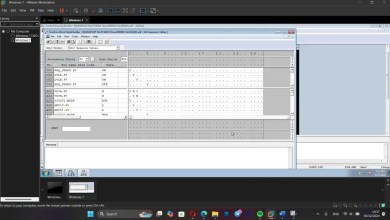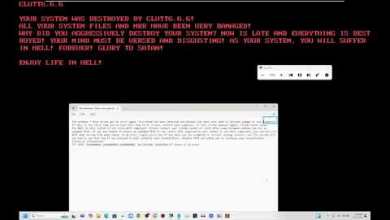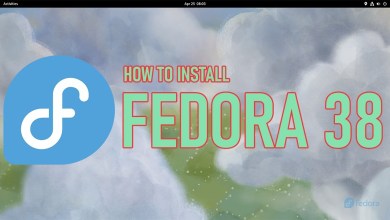OSPF Explained | Step by step tutorial
In this video we’re going to take a look at OSPF.
Open Shortest Path First (OSPF) is a widely used and supported routing protocol.
It’s an interior gateway protocol (IGP) meaning it been designed to be used within a single autonomous system. It also falls under the category of Link-state routing protocols.
Routers running OSPF learn about the enter network in order to create routes. They do this by flooding Link State Updates. There are three steps to the process.
Become neighbours – Two routers running OSPF on the same link agree to form a neighbour relationship
Exchange database information – The neighbouring routers swap their LSDB information with each other
Choose the best routes – Each router chooses the best routes to add to its routing table based on the learned LSDB information
In this lesson we utilise the fabulous eve-ng for your virtual environment. You can opt for either the community or professional version.
If you want the professional version, which we are using, it is highly recommended and good value for the price and offers great extras.
You will also require a virtual environment for eve-ng. We are utilising vmWare Workstation Pro for our installation.
You can download eve-ng here:
You can get vmWare Workstation here:
Presentation is with Microsoft Powerpoint:
Video edited with Movavi:
Music from #Uppbeat (free for Creators!):
License code: RNMIX3JL7LHYXF2H
00:00 – caling-tech intro
00:11 – Like and Subscribe
00:41 – What is OSPF and how does it work
02:37 – Three main process
03:34 – Neighbors
05:10 – Become neighbors – Example
05:38 – Neighbor – Hello message
06:16 – Neighbor – requirements
07:22 – Neighbor – init state
08:01 – Neighbor – 2-way state
08:55 – Neighbor – DR and BDR in Broadcast
12:32 – Neighbor – exstart state
13:32 – Neighbor – Exchange – Database Descriptor (DBD)
13:47 – Neighbor – Loading
14:37 – Neighbor – DBD – LSR – LSU – LSAck
16:00 – Neighbor – Full status
16:20 – Best route – Cost
17:08 – Best route – default interface costs
18:03 – Best route – Cost, choose, insert
21:36 – End presentation screen
[ad_2]
source



